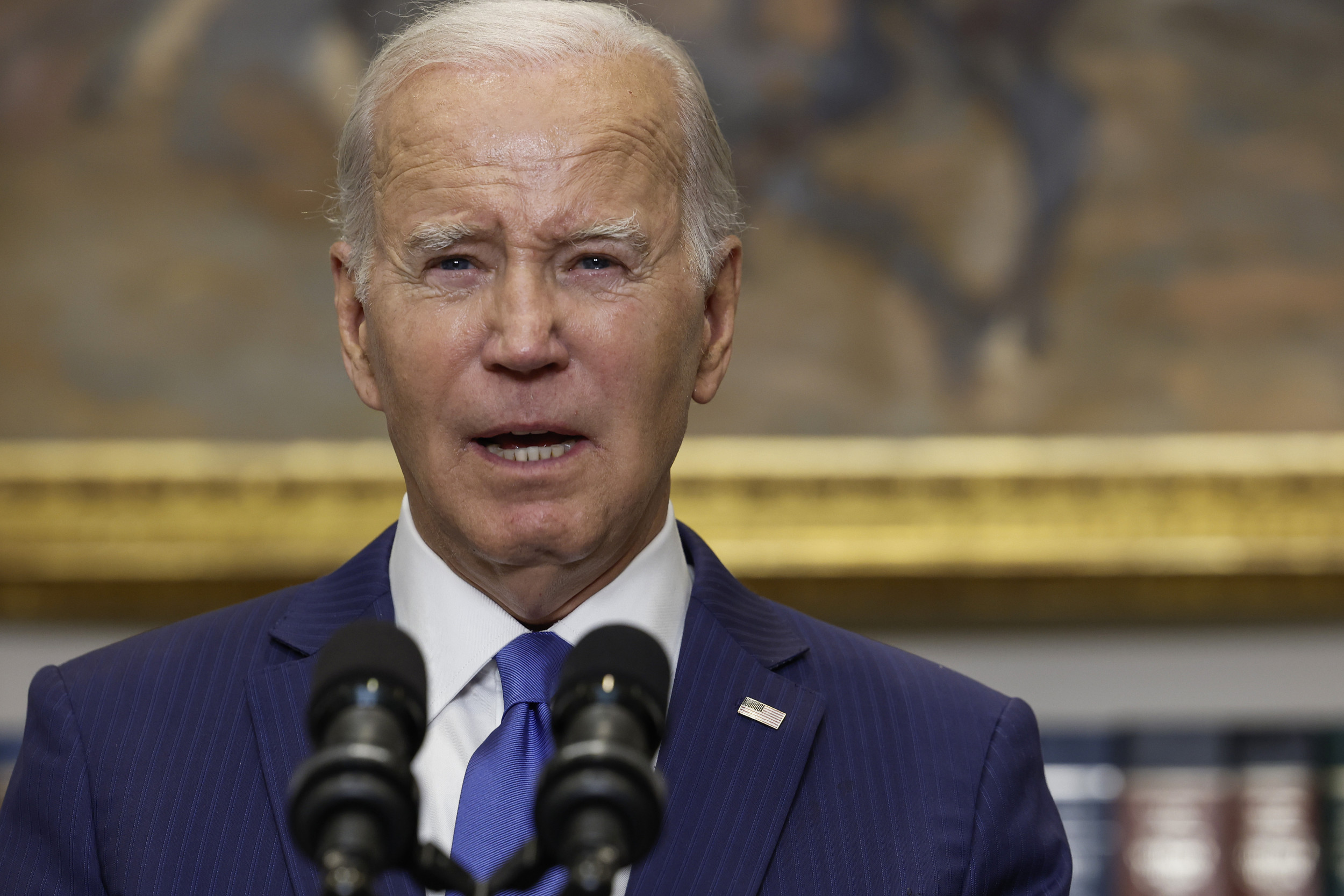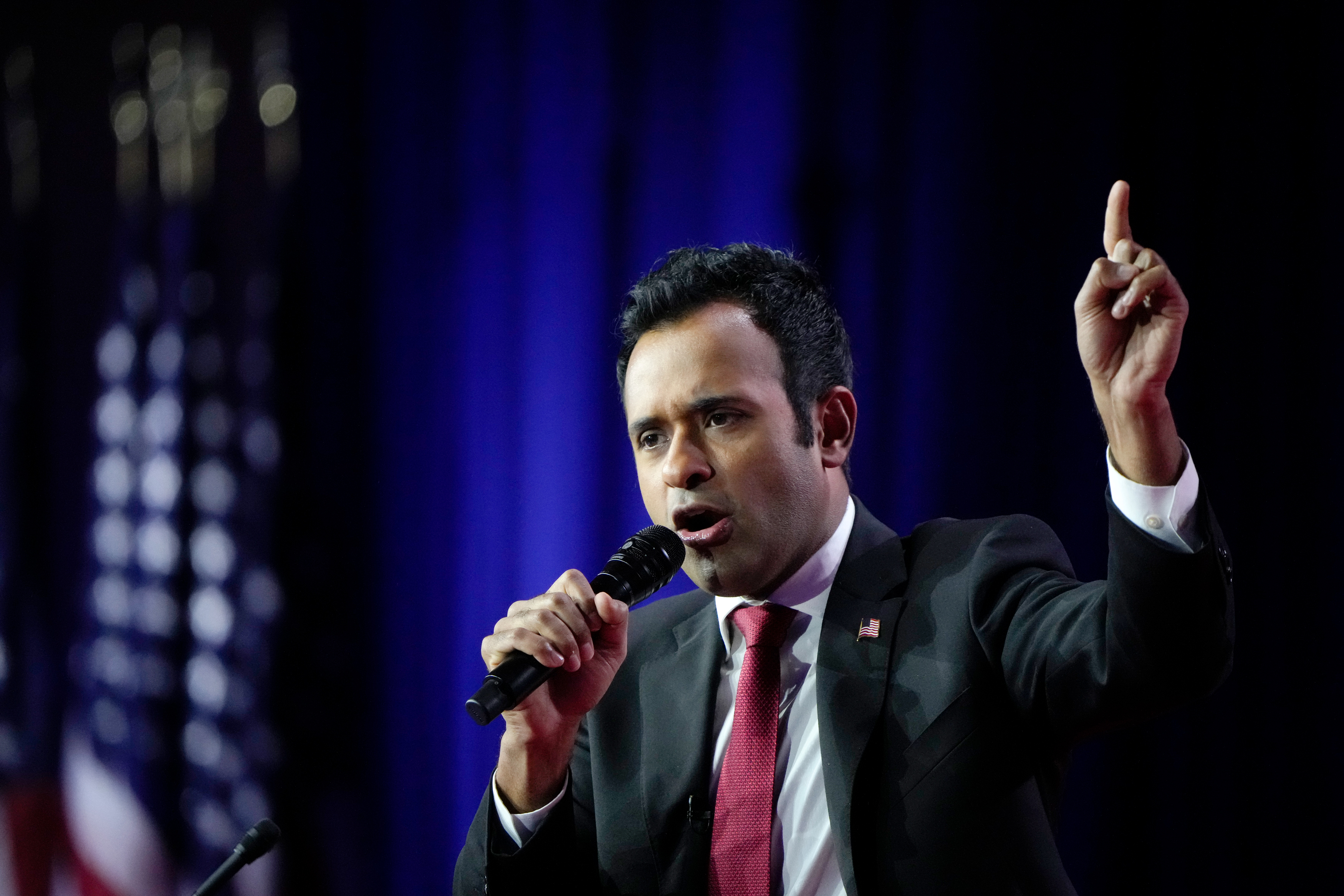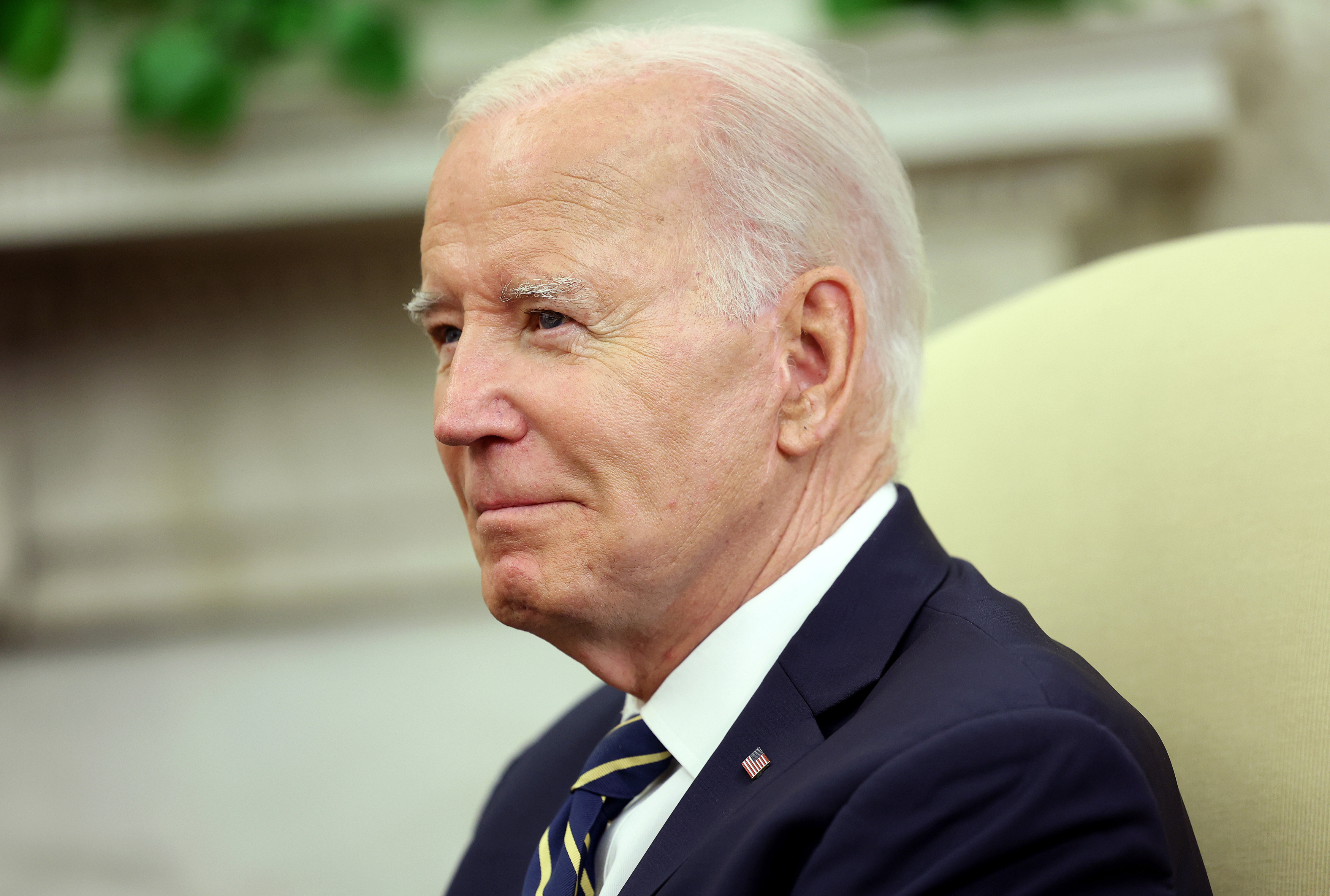Wagner Group mercenaries relocated to Belarus after their short-lived mutiny against the Russian military are now closer to Moscow than when they were based in southern Russia, according to the Institute for the Study of War (ISW), as Russian President Vladimir Putin looks to nullify the threat posed by oligarch turned warlord Yevgeny Prigozhin.
An unknown number of Wagner fighters have taken up the Kremlin's offer to move with Prigozhin, the founder and leader of the Wagner Group, to Belarus where the paramilitary unit was offered safe haven by Belarusian President Alexander Lukashenko as part of a deal to end Wagner's June uprising.
Lukashenko has said that Wagner fighters there are now training Belarusian special forces, though this weekend also claimed during a meeting with Putin that the group is itching to attack Poland, a member of the North Atlantic Treaty Organization (NATO).
"We began to be bothered by the PMC Wagner, asking to go to the West. 'Allow us?' I said, why do you want to go to the West there? And quietly, we're in control of what is happening: 'Well, we'll go on a tour to Warsaw and Rzeszow,'" Lukashenko said, referring to the Polish capital, Warsaw, and a key military hub for the country, Rzeszów.
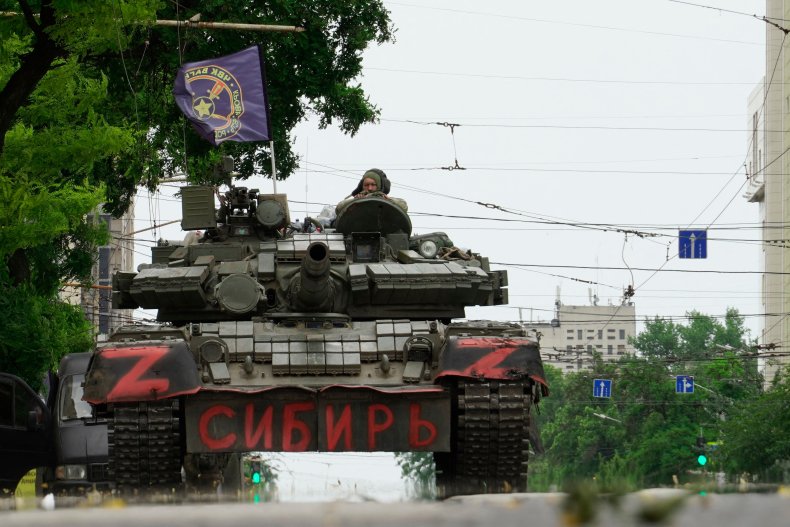
Meanwhile, Maxar satellite images collected on Sunday shows a collection of hundreds of vehicles at a military base in Tsel, Asipovichy, in central Belarus, around 50 miles southeast of the capital Minsk. ISW's Sunday bulletin said the fighters there "pose no military threat to Poland or Ukraine, for that matter, until and unless they are re-equipped with mechanized equipment. They pose no meaningful threat to NATO even then."
However, Wagner may still pose a threat to Moscow, the U.S.-based think tank suggested, noting the apparent posturing by Lukashenko and Putin at their meeting this weekend in St. Petersburg.
"Lukashenko told Putin that the Wagner Group in Belarus will remain in central Belarus likely subtly reminding Putin of the threat the Wagner military organization still poses to him and underlining Lukashenko's control over that power," the ISW wrote.
The think tank added: "Lukashenko's statements were likely meant to make Putin reflect on the uncomfortable (for Putin) fact that Wagner's new garrison in Belarus puts its forces half as far from Moscow as Wagner's previous base in southern Russia. The Wagner Group's previous base in Krasnodar Krai was about 1,370 km [851 miles] from Moscow, whereas its new base in Belarus is about 720 km [447 miles] along an excellent military highway."
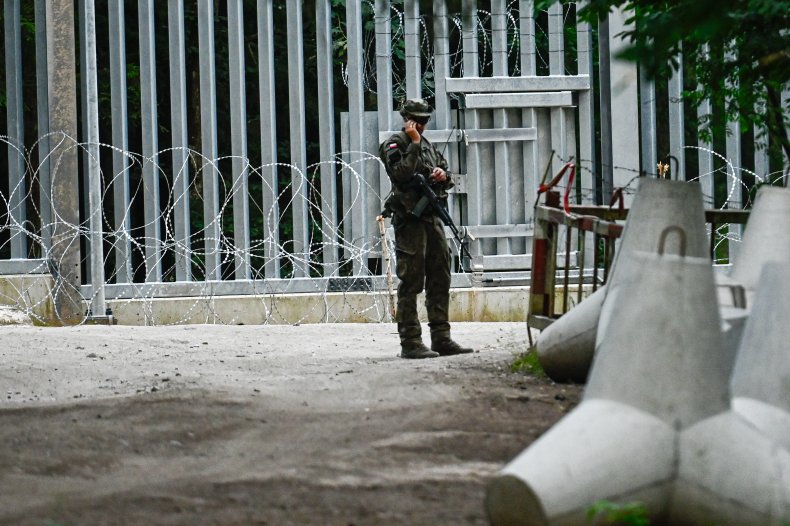
A Wagner column travelling from the southwestern city of Rostov-on-Don advanced to within 125 miles of Moscow during the group's attempted rebellion, according to the International Crisis Group. Observers noted the ineffective response of internal Russian security forces, with media reports suggesting Putin fled the capital for St. Petersburg; an assertion fiercely denied by the Kremlin.
The presence of Wagner fighters in Belarus poses new problems for NATO, and particularly its three eastern members that share a border with the authoritarian state. Poland, Lithuania, and Latvia have all warned that Wagner fighters could exacerbate existing frontier tensions. The Polish Foreign Ministry previously told Newsweek that Warsaw is bolstering its military force near the border.
Observers have also raised concerns that the group might threaten the strategically vital Suwalki Gap, a thin corridor of territory home to the Polish-Lithuanian border. Its seizure by pro-Moscow forces would connect Belarus to Russia's Kaliningrad exclave and isolate NATO members Latvia, Lithuania, and Estonia.
Minsk and Moscow are playing on such concerns, the ISW wrote. "Lukashenko and Putin also reiterated an information operation that the Wagner Group poses a threat to Poland," Sunday's bulletin said.
It continued: "There is no indication that Wagner fighters in Belarus have the heavy weaponry necessary to mount a serious offensive against Ukraine or Poland without significant rearmament, as it was a condition of the Putin-Lukashenko-Prigozhin deal ending the armed rebellion that Wagner surrender such weapons to the Russian Ministry of Defense."
Samuel Ramani, the author of Putin's War on Ukraine and an associate fellow at the British Royal United Services Institute think tank, told Newsweek on Monday that the reported number of several hundred Wagner fighters so far in Belarus "doesn't seem to correspond with the scale of the military infrastructure they built. So, I suspect that they're just starting to stream in, and larger numbers will move."
While Russia's defense ministry reasserts its control, the Kremlin is lauding the integration of Wagner fighters into the regular military hierarchy. However, Wagner is still operating, particularly in foreign regions where they have long served as a deniable vanguard for Moscow's interests. Prigozhin, Ramani said, appears to "still [be] seen as a valuable asset for Russia, in Africa at the very least."
As to Wagner intentions in Belarus, Ramani added, "There's really more questions than answers right now."
"I think there are a number of reasons why they could be there," Ramani said. "First of all, they could be there to help Lukashenko train his people's militia, which is his private army that he's developing. Lukashenko has justified the creation of that private army due to threats emanating from Ukraine, Poland, and Lithuania. But that seems to be very dubious. It seems to be more another instrument of repression."
Exiled Wagner fighters might also serve as an option to distract Kyiv from its counteroffensive operations in the south and east of the country, and pin Ukrainian forces along the northern border to guard against any escalation, Ramani said.
"So far, the personnel numbers don't seem to suggest that," he added. "But a larger concentration there, based on the infrastructure they built, could open the door to that."
Wagner's exile in Belarus has certainly added new complexities to the relationship between Lukashenko and Putin, one that has long favored the Russian dictator. Lukashenko ordered the arrest of dozens of Wagner fighters transiting the country in 2020, a decision Ramani said adds another layer of intrigue to recent developments.
"It's hard to imagine that the relationship over the past few years has evolved so much, from arresting Wagner to relying on Wagner for their security," he said. "Unless Lukashenko is getting something out of it from Putin."
Newsweek has contacted the Russian Defense Ministry by email for comment.
7/24/2023 10:55 a.m. ET: This article has been updated to include comment from Ramani.
